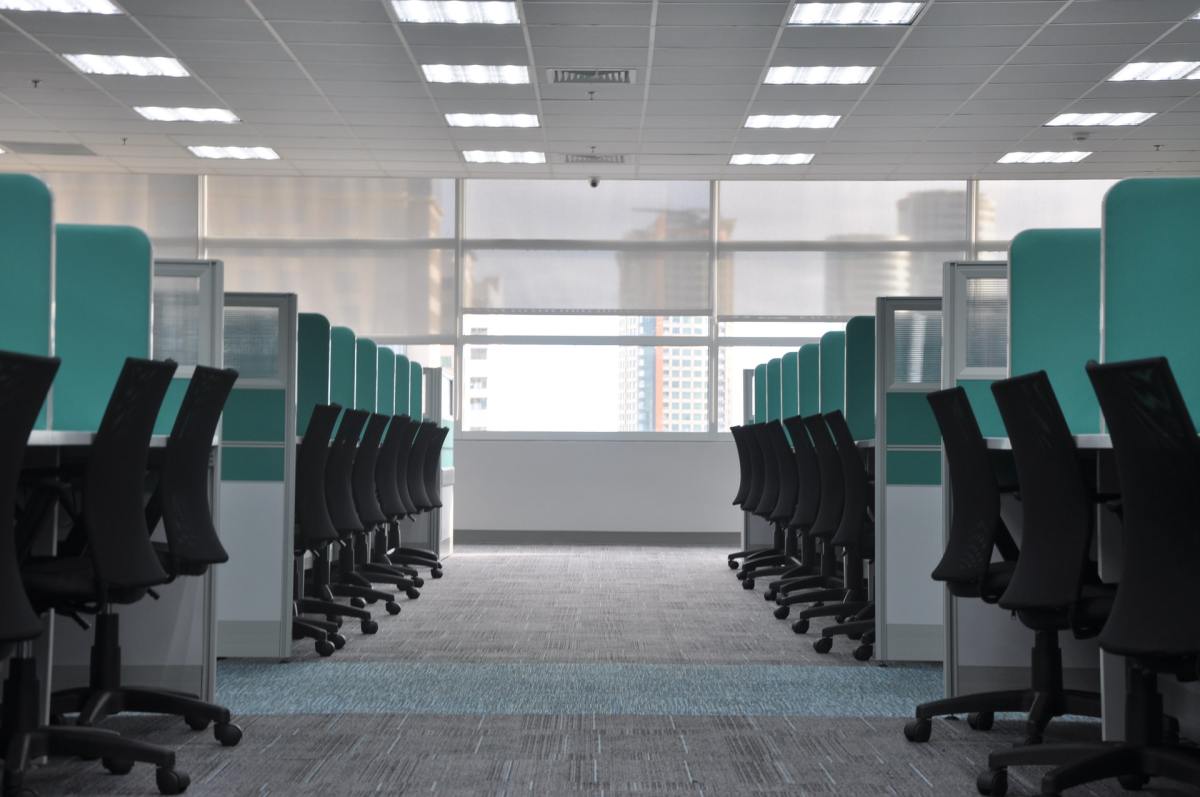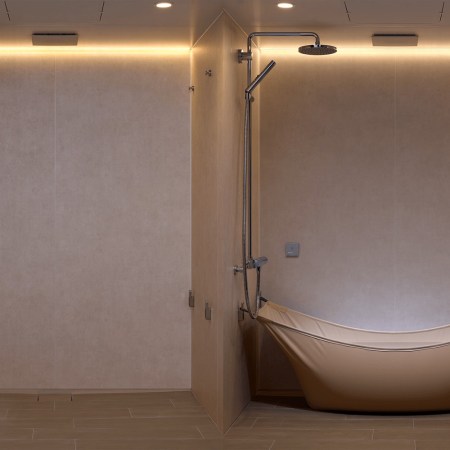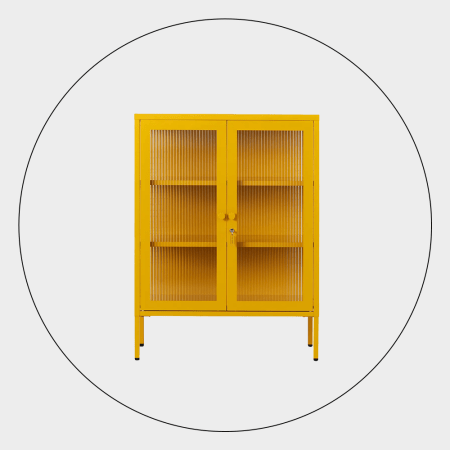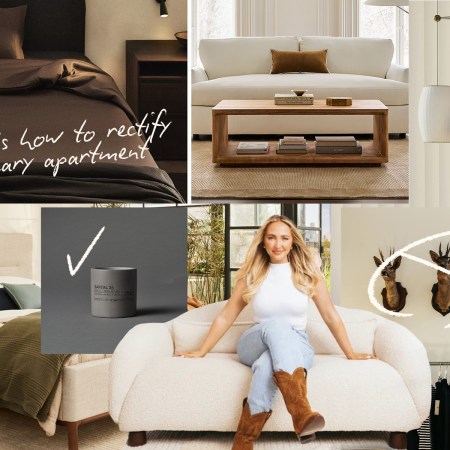For some people, what at first seemed like a temporary period of working from home has turned into a much longer-term situation. Google announced last month that its employees could expect to work from home until at least next summer; the tech giant is unlikely to be an outlier in this. The questions of what offices might look like after the pandemic abates or how the design of objects and spaces might change in the future are both pressing, and are being debated even now.
But there’s another question that’s cropped up in the margins of these debates, and it’s one that also has plenty of staying power. Has COVID-19 had an effect on our concept of work-life balance? And is there a way that the design changes that are being explored can help improve things there?
A new article by Amanda Schneider at Metropolis explores the already fraught topic of work-life balance, and how changes prompted by the pandemic might further affect it. Schneider focuses on a study conducted by ThinkLab, which explored the changing nature of office environments and how that could change workers’ expectations in the future.
Of particular note are the comments from Eastlake Studio principal Christina Brown. “That sense of power over our own lives is a taste we won’t forget when we go back to the office,” Brown said. “According to our survey, 81 percent of respondents would not consider a job without remote working opportunities. That’s a powerful statistic.”
As work from home experiences continue for many people, it’s worth considering where the benefits exist — and what elements of the new status quo might end up permanent, even after a vaccine has been found.
Subscribe here for our free daily newsletter.
Thanks for reading InsideHook. Sign up for our daily newsletter and be in the know.

















